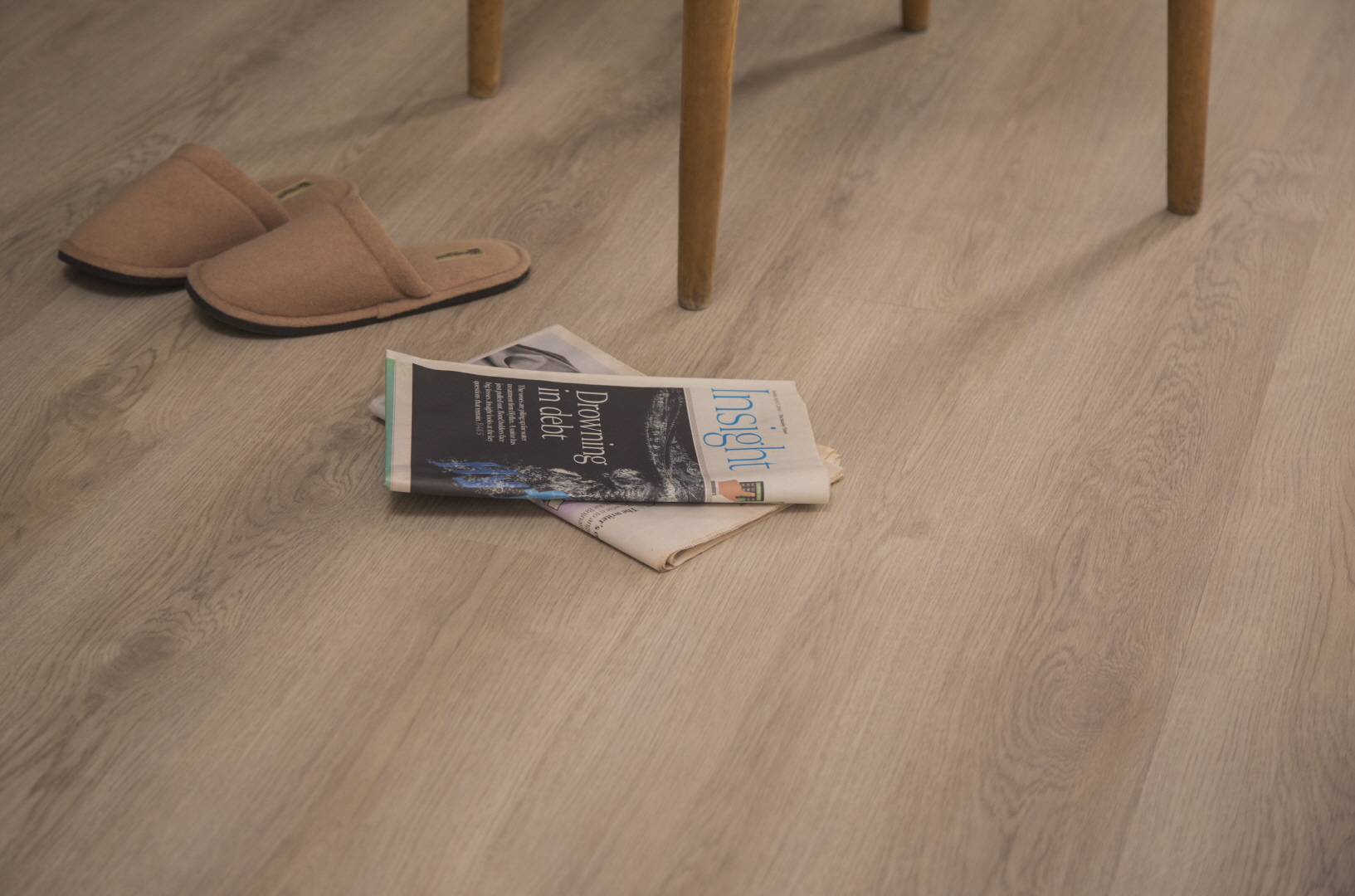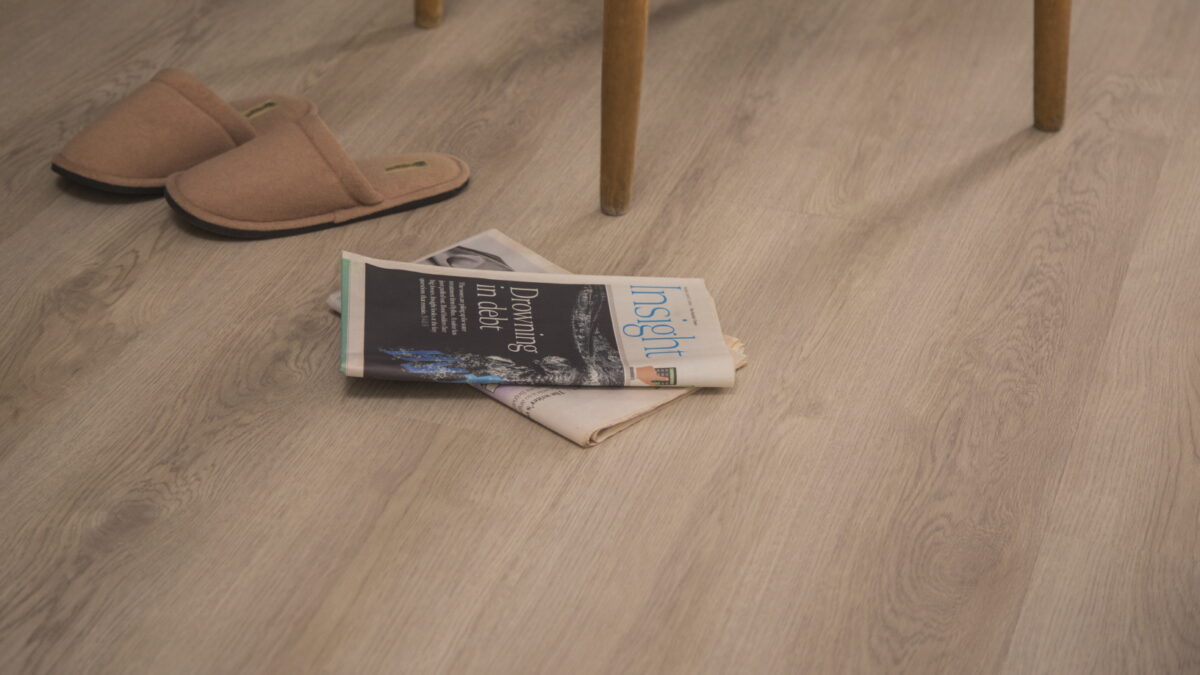
LVT flooring, what does it stand for?
Luxury Vinyl Tile flooring, commonly known as LVT, presents a durable hard surface available in plank or tile forms. Its popularity stems from its ability to convincingly emulate natural materials such as stone and wood, making it a favored choice for both residential and commercial spaces.
LVT finds its niche in areas requiring low-maintenance flooring due to its exceptional resistance to moisture and water damage. Homeowners often opt for LVT in spaces like bathrooms, kitchens, and laundry rooms for its resilience and ease of cleaning. Additionally, its durability makes it a preferred flooring option in high-traffic environments such as offices, restaurants, and hospitals.
Composed of various engineered materials, a single piece of LVT typically consists of a vinyl plank, a 3D photorealistic image, and a scratch-resistant top coat. Its composition includes non-natural elements like polyvinyl chloride resins, plasticizers, and UV stabilizers, contributing to its robustness. LVT can be complemented with an underlayment material to enhance comfort, moisture control, and soundproofing.
In this article, we will explore the most common types of LVT available and delve into the unique benefits each variation offers.
Types of LVT flooring
Click Vinyl Flooring
Click vinyl flooring stands out as one of the easiest types of vinyl flooring to install, making it exceptionally DIY-friendly due to its adhesive-free nature. Each piece of LVT is engineered with a tongue and groove locking system, facilitating effortless locking of the planks directly onto the subfloor. Installation involves simply snapping each plank into place, one after another, until your desired floor design is achieved. Should adjustments be necessary, individual pieces can be easily unsnapped and rearranged as needed.
Loose Lay Vinyl Flooring
Loose lay vinyl flooring sets itself apart from other LVT types by eliminating the need for adhesives or locking mechanisms during installation. Typically thicker than glue-down varieties, with a standard thickness of 5.0mm, loose lay vinyl planks feature a rubber backing that enhances friction with the floor surface.
The critical aspect of installing loose lay LVT lies in preparing the subfloor. Installers must ensure the subfloor is flat, clean, and dry before laying the planks. Any surface irregularities should be addressed by filling or sanding them down prior to installation. Once the subfloor is ready, the loose lay planks can be fitted snugly into place, ensuring a tight fit between the planks and the walls. Any pieces that do not align fully against the walls or fit into corners can be trimmed as necessary.
Glue Down Vinyl Flooring
Glue-down LVT is primarily prevalent in commercial settings due to its capacity to withstand heavy loads, high foot traffic, and rolling loads. Installing glue-down planks involves applying adhesive directly to the subfloor for secure attachment.
Various adhesive options exist, including peel-and-stick, where each plank features a pre-applied sticky backing, trowel-on, requiring liquid glue application using a trowel and other tools, and spray glue from a can. When opting for glue-down vinyl installation, it’s crucial to select the most suitable adhesive for your subfloor material, whether it be concrete, wood, laminate, or even existing vinyl flooring. This ensures optimal performance and longevity of the flooring installation.
Rigid Core Vinyl Flooring
Rigid core flooring stands out among LVT options, featuring a high-quality photo layer fused with an exceptionally thick core layer—the thickest available in vinyl flooring. Installation of rigid core flooring typically offers flexibility through either a click-and-lock mechanism or adhesive application.
This type of LVT boasts increased rigidity, providing superior stability and resistance against scratches, dents, and stains. Its robust construction minimizes the likelihood of shrinkage or warping due to fluctuations in temperature and humidity.
Furthermore, rigid core flooring offers notable comfort benefits. The added layer contributes to a heightened level of cushioning and warmth underfoot. Additionally, it significantly enhances soundproofing within a home, reducing noise transmission by up to 50% compared to other flooring solutions.

